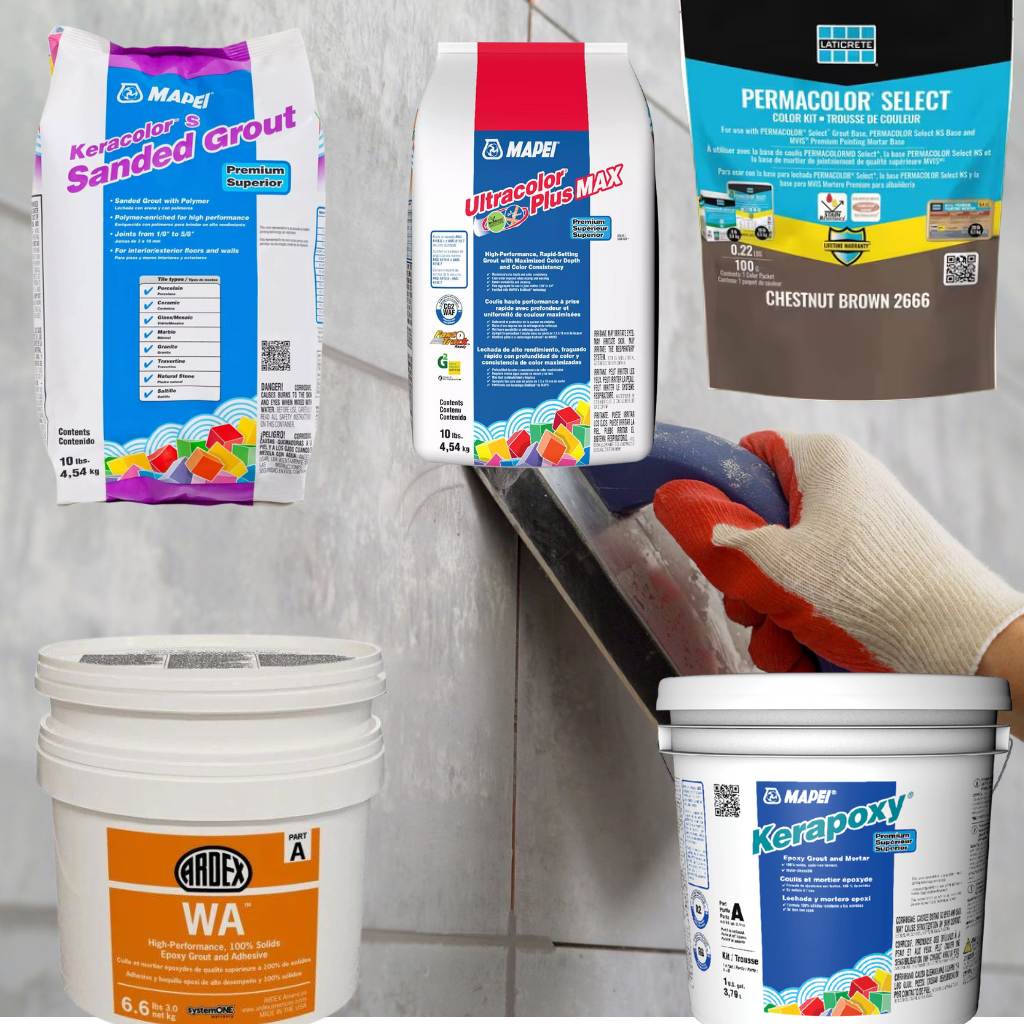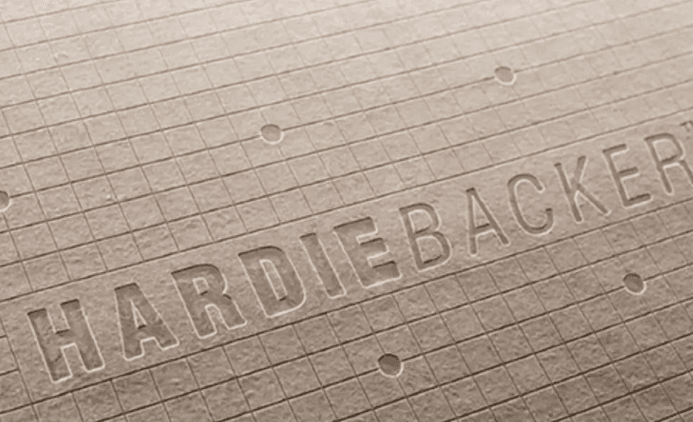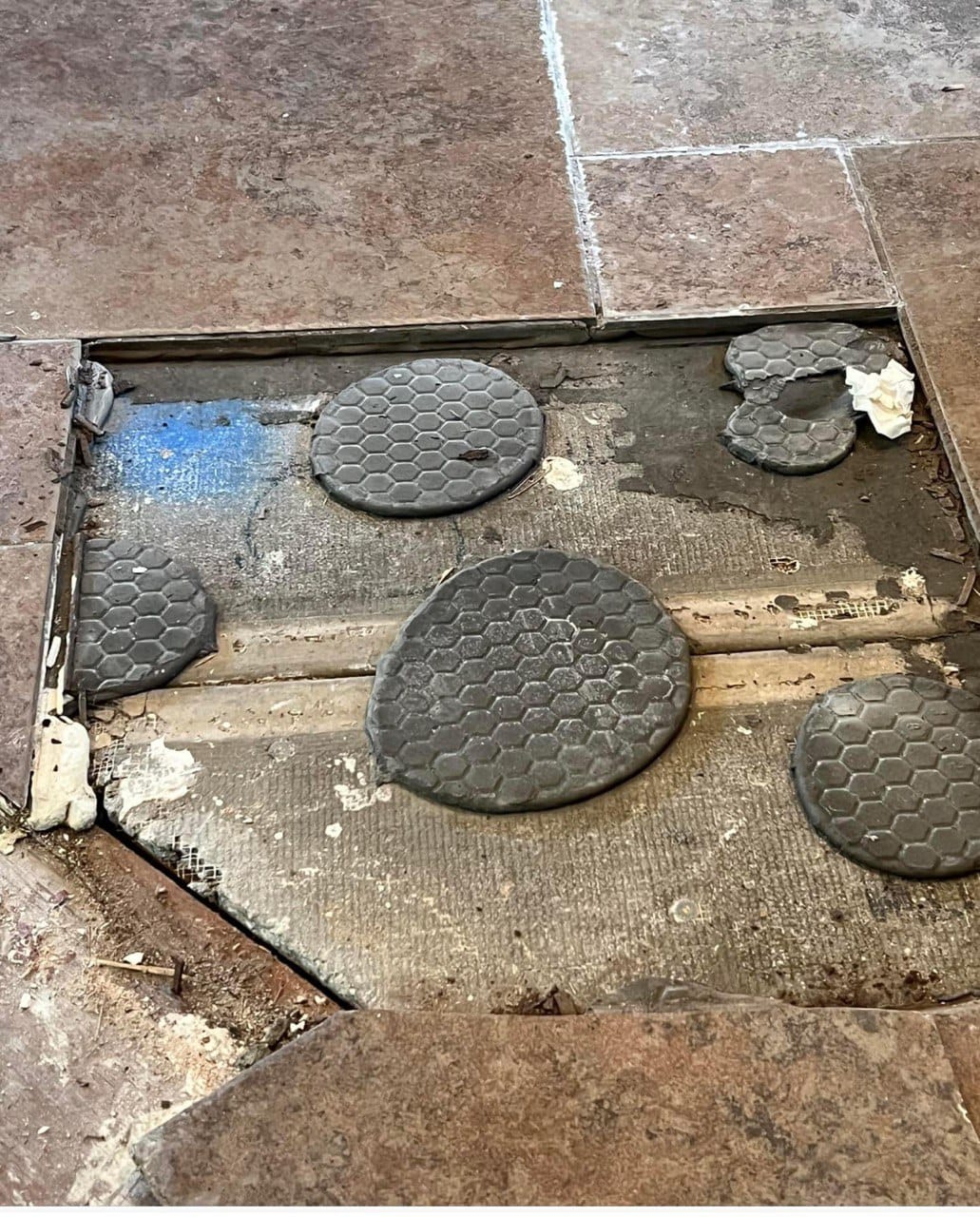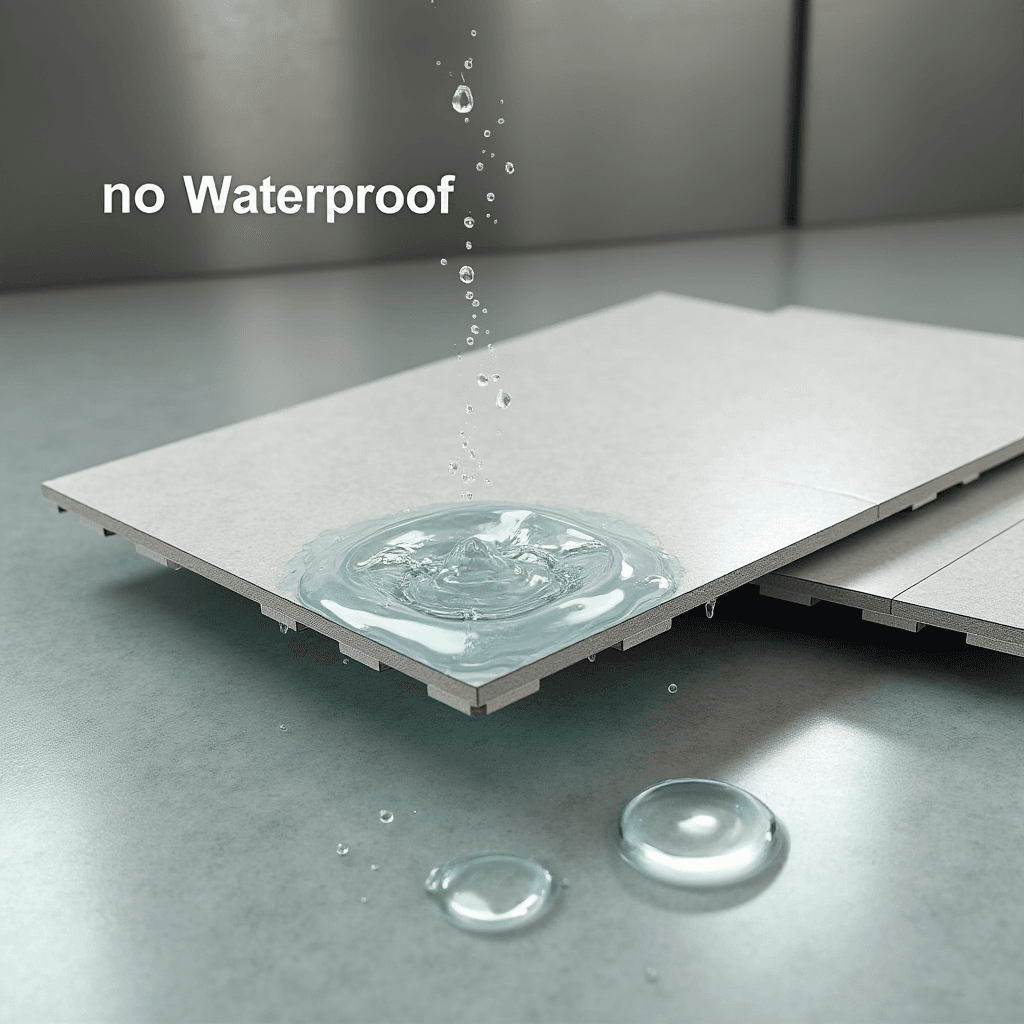
Choosing the Right Grout for Your Tile: A Comprehensive Guide
When embarking on a tile installation project, one of the most crucial decisions you’ll make is selecting the appropriate grout. Grout not only fills the gaps between tiles but also plays a significant role in the overall durability, appearance, and maintenance of your tiled surfaces. With various types of grout available, understanding their differences and applications is essential to achieving a professional and long-lasting finish. This guide will help you determine which type of grout is best suited for your specific tile project.
Understanding Grout and Its Importance
Grout is a cement-based paste used to fill the spaces between tiles, providing stability and preventing debris, moisture, and pests from penetrating the gaps. Beyond its functional role, grout enhances the aesthetic appeal of your tiled surfaces by highlighting the pattern and color of your tiles.
Key Functions of Grout:
- Structural Support: Helps keep tiles in place and prevents movement.
- Moisture Barrier: Protects underlying surfaces from water damage.
- Aesthetic Enhancement: Complements or contrasts with tile colors to create visual interest.
Types of Grout
Grout comes in several varieties, each with unique properties tailored to different applications. The primary types include:
1. Sanded Grout

Description: Sanded grout contains fine sand particles, making it more textured than unsanded grout. It’s commonly used for larger grout joints.
Best For:
- Tile Joint Width: Ideal for joints wider than 1/8 inch.
- Floor Tiles: Suitable for high-traffic areas due to its strength.
- Subfloors and Walls: Versatile for both horizontal and vertical installations.
Pros:
- Durability: More resistant to cracking and shrinkage.
- Cost-Effective: Generally less expensive than epoxy grout.
- Ease of Installation: Easier to apply for DIY projects.
Cons:
- Staining: Porous nature can lead to staining if not properly sealed.
- Maintenance: Requires regular sealing to maintain appearance and prevent moisture penetration.
2. Unsanded Grout

Description: Unsanded grout lacks sand particles, resulting in a smoother texture. It’s typically used for narrower grout joints.
Best For:
- Tile Joint Width: Suited for joints 1/8 inch wide or smaller.
- Delicate Tiles: Perfect for glass, marble, or other sensitive tile materials that might scratch easily.
- Vertical Surfaces: Ideal for wall installations where grout lines are less likely to collect debris.
Pros:
- Smooth Finish: Creates a sleek, clean look ideal for high-end tiles.
- Less Prone to Cracking: Better flexibility in smaller joints.
- Versatile Use: Suitable for intricate and detailed tile patterns.
Cons:
- Less Durable: Not recommended for high-traffic areas due to lower strength.
- Staining: Similar to sanded grout, it requires sealing to prevent stains.
3. Epoxy Grout

Description: Epoxy grout is a two-part mixture composed of resin and hardener. It forms a highly durable, impermeable seal once cured.
Best For:
- Wet Areas: Excellent for bathrooms, kitchens, and other moisture-prone environments.
- High-Traffic Areas: Ideal for commercial spaces or homes with heavy usage.
- Stain-Resistant Applications: Perfect for areas where cleanliness is paramount.
Pros:
- Superior Durability: Resistant to cracks, stains, and chemicals.
- Low Maintenance: Does not require sealing and is easy to clean.
- Waterproof: Prevents moisture from seeping into grout lines.
Cons:
- Cost: More expensive than cement-based grouts.
- Application Complexity: Requires careful mixing and application; not ideal for DIY beginners.
- Color Limitations: Fewer color options compared to cementitious grouts.
4. Urethane Grout
Description: Urethane grout is a polymer-based grout known for its flexibility and adhesive properties. It combines the benefits of epoxy and cement-based grouts.
Best For:
- Exterior Installations: Resistant to UV rays and weather changes.
- Flexible Surfaces: Suitable for areas prone to movement or vibrations.
- High-End Projects: Offers a balance between durability and ease of application.
Pros:
- Flexibility: Accommodates slight movements without cracking.
- Durability: Resistant to stains, chemicals, and moisture.
- Ease of Use: Easier to apply than epoxy grout with fewer application restrictions.
Cons:
- Cost: Similar to epoxy grout, it is pricier than traditional options.
- Availability: Less commonly found in stores compared to cement-based grouts.
- Curing Time: Requires specific curing conditions for optimal performance.
Factors to Consider When Choosing Grout
Selecting the right grout type depends on several factors related to your tile installation project:
1. Tile Type and Size
- Delicate Tiles: Use unsanded grout to prevent scratching.
- Large Tiles: Opt for sanded grout to fill wider joints and provide stability.
2. Joint Width
- Narrow Joints (≤1/8 inch): Unsanded grout is ideal.
- Wide Joints (>1/8 inch): Sanded grout offers better strength and reduces cracking.
3. Location and Usage
- Bathrooms and Kitchens: Epoxy grout is preferable for its waterproof and stain-resistant properties.
- Floors and High-Traffic Areas: Sanded grout provides durability and longevity.
- Outdoor Installations: Urethane grout withstands weather changes and UV exposure.
4. Maintenance and Durability
- Low Maintenance: Epoxy grout requires minimal upkeep and does not need sealing.
- High Durability: For areas exposed to heavy use or moisture, epoxy or urethane grout is recommended.
5. Budget
- Cost-Effective Options: Sanded and unsanded cementitious grouts are more affordable and widely available.
- Premium Choices: Epoxy and urethane grouts come at a higher price but offer superior performance and longevity.
6. Aesthetic Preferences
- Color Matching: Cementitious grouts offer a broader range of color options to complement your tiles.
- Seamless Look: Epoxy grout provides a uniform appearance without the need for sealing.
Tips for Successful Grout Selection and Application
- Consult with Professionals: If unsure about the best grout type for your project, seek advice from tile installation experts.
- Test Samples: Before committing, test grout samples with your tiles to ensure color compatibility and desired appearance.
- Proper Sealing: For cement-based grouts, apply a high-quality sealer to protect against stains and moisture.
- Follow Manufacturer Instructions: Adhere to the recommended mixing ratios and curing times for optimal results.
- Regular Maintenance: Clean grout lines periodically to maintain their appearance and prevent mold or mildew growth.
Conclusion
Choosing the right grout is pivotal to the success and longevity of your tile installation. By considering factors such as tile type, joint width, location, maintenance needs, budget, and aesthetic preferences, you can select a grout that not only enhances the beauty of your tiles but also ensures durability and ease of upkeep. Whether you opt for the versatility of sanded grout, the delicate finish of unsanded grout, the robust protection of epoxy grout, or the flexible resilience of urethane grout, making an informed decision will lead to a stunning and lasting tiled surface in your home.
Contact Us today for expert advice and professional grout installation services, and transform your space with confidence!
Other Links
Follow us on social media for more design inspiration:
For more on choosing the right grout, visit Floor&Decor.
Learn about choosing the right grout at Tile Club.


